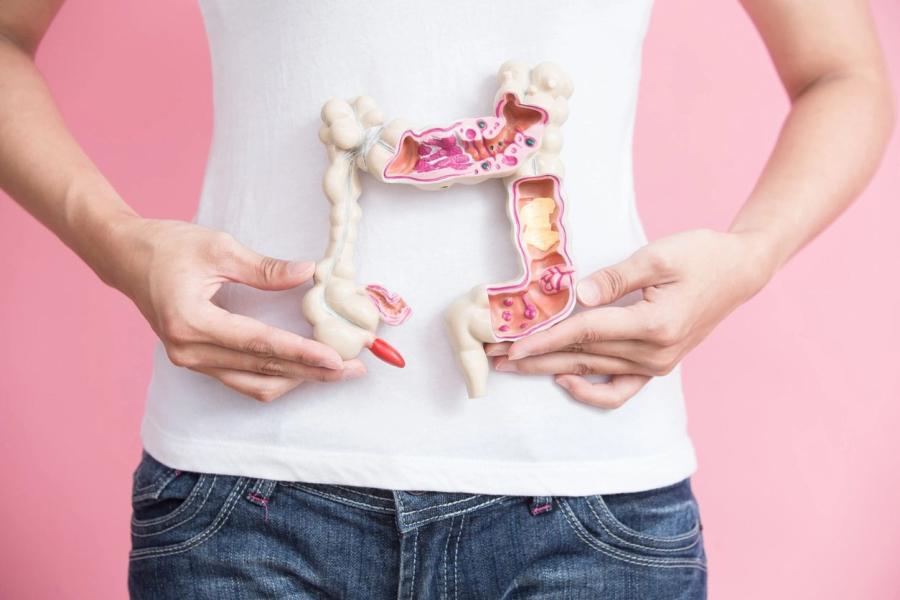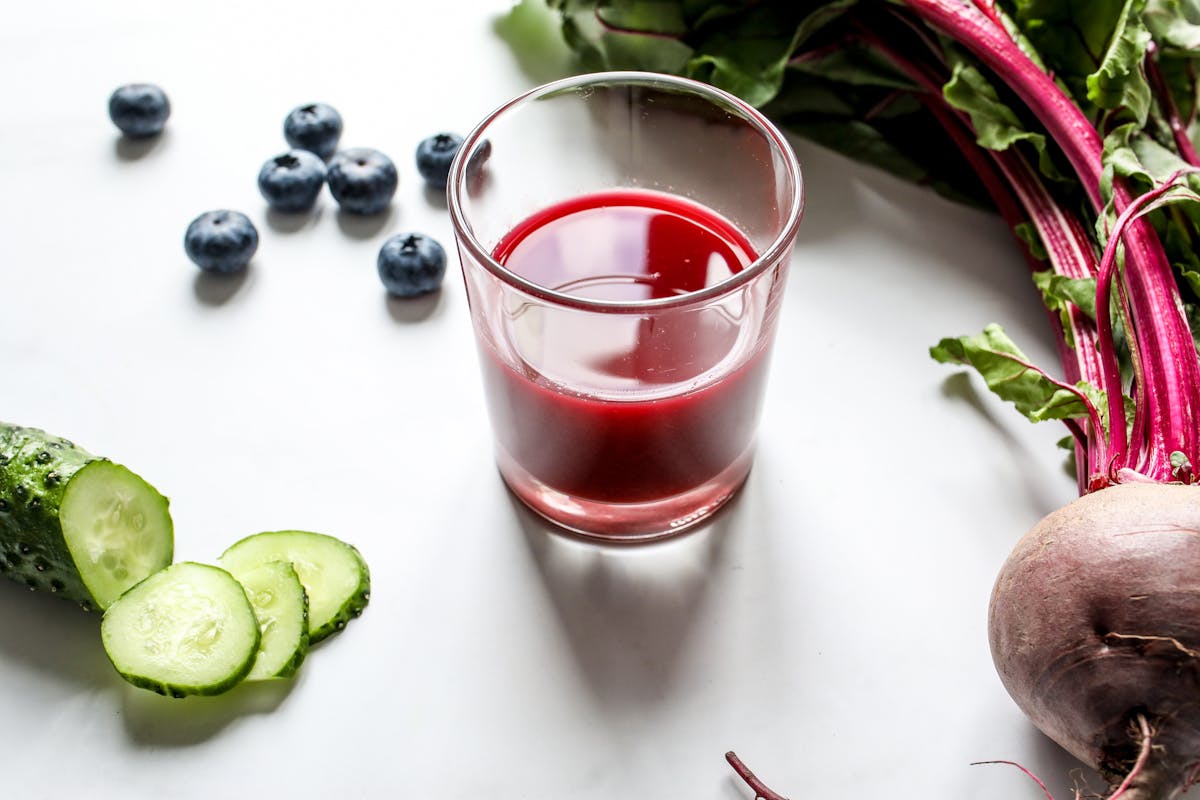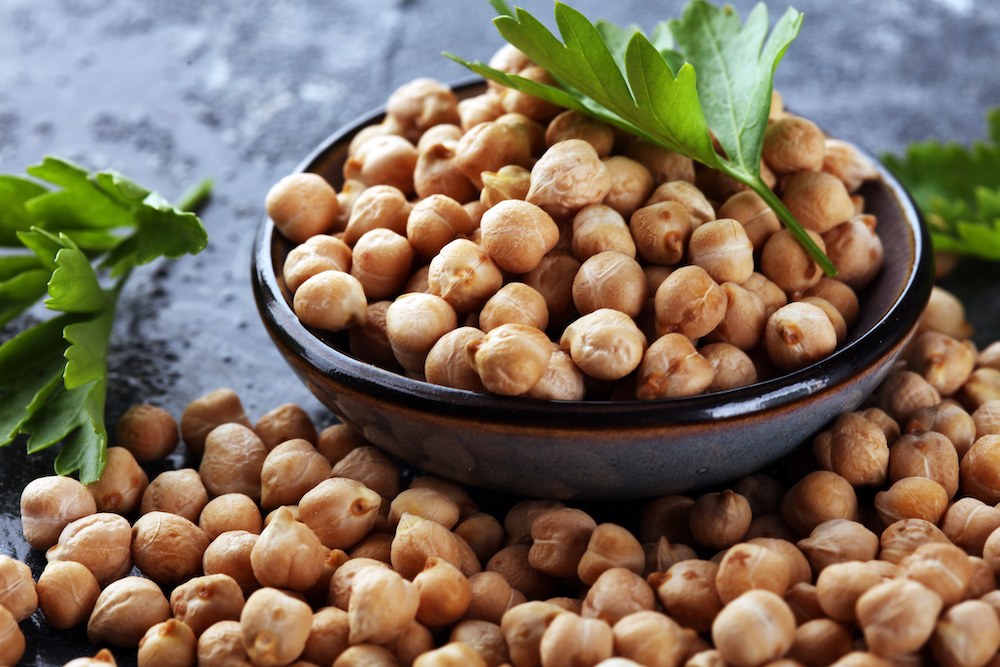The HAL-RAR procedure lasts only twenty minutes and can be performed under different types of anesthesia. Your doctor will recommend the most suitable one for you. Most patients experience only mild discomfort and can return to work a day or two after treatment. The risk of subsequent bleeding is much lower than with other methods, and other complications after surgery are minimal and very rare.
But let’s start from the beginning.
What are hemorrhoids?
Hemorrhoids are swollen and enlarged blood vessels in the anal canal or around the anus. In the past, hemorrhoids were considered to be varicose veins of the anal canal, but in recent years, they are described as vascular cushions containing a network of blood vessels (arteries, veins, and their connections). Hemorrhoids are among the most common conditions in modern humans. It is estimated that every second person over the age of 50 has hemorrhoids. They are equally common in both women and men.
What causes hemorrhoids?
The most common causes of hemorrhoids are related to straining during bowel movements. People who eat irregularly or consume a lot of spicy foods, especially hot peppers, pepper, and vinegar, often face this problem. This type of diet leads to constipation, and bowel movements are accompanied by straining, which promotes the development of hemorrhoids. Hemorrhoids can also occur in people whose jobs involve frequent straining of the anus, such as musicians playing wind instruments or workers in glass and bottle factories.
Aging also contributes to the development of hemorrhoids because tissue degeneration weakens blood vessel walls. Older men often have enlarged prostates, which leads to hemorrhoids when straining to urinate. Occupations involving prolonged sitting are also more prone to hemorrhoids, although this is not a rule, as many professional athletes suffer from them—especially those practicing sports that traumatize the anal region (cycling, motorcycling, horse riding). Hereditary factors can also cause vein weakness: people with varicose veins or varicocele have a genetic predisposition to develop hemorrhoids. Hemorrhoids often appear during pregnancy or childbirth due to pressure from the uterus or the baby's head on the pelvic veins.
Types of hemorrhoids – what do they look like and where are they located?
Hemorrhoids can be:
internal and
external hemorrhoids.
Internal hemorrhoids appear in the upper part of the anal canal and lower part of the rectum. They originate from the internal hemorrhoidal venous plexus.
First-degree hemorrhoids remain inside the anal canal and never prolapse. Second-degree hemorrhoids prolapse during bowel movements but spontaneously return. Third-degree hemorrhoids remain prolapsed and need to be manually pushed back into the anal canal.
Hemorrhoids on long stalks that cannot be repositioned into the anal canal are fourth-degree hemorrhoids. Sometimes, the anal sphincter contracts around prolapsed hemorrhoids, preventing their return and blocking venous flow. This causes blood accumulation and thrombosis, making hemorrhoids hard and painful, unlike uncomplicated third-degree hemorrhoids.
External hemorrhoids occur outside the anal canal and are often an extension of internal hemorrhoids (mixed form). They appear in acute and chronic forms. Acute ones look like bluish, swollen nodules at the anal opening and usually occur after heavy physical effort. They are often painful, and if a nodule ruptures, light bleeding can occur. Chronic external hemorrhoids are less painful except in cases of infection or mucosal damage.
Hemorrhoid symptoms – clinical picture and how long do hemorrhoids last?
Bleeding is usually the first sign. It is often noticed as blood on toilet paper, in the toilet bowl, or on stool. The bleeding typically isn’t heavy but if it persists, it can lead to secondary anemia, especially in women who also have heavy menstrual bleeding.
Many patients also complain of prolapse. At first, it occurs only during bowel movements but becomes more frequent over time, eventually leading to third-degree hemorrhoids. Pain is rare in uncomplicated hemorrhoids but can occur in external hemorrhoids as painful sensations around the anus, accompanied by itching. Prolapsed and strangulated internal hemorrhoids are painful. If thrombosis develops, they become swollen and very painful. Other symptoms include itching, burning, and a feeling of heat around the anus.
Frequently asked question: how long do hemorrhoids last?
Mild cases can go away within a few days, but the condition can worsen, leading to anal fistulas or ulcerations.
Diagnosis
Diagnosis requires a detailed history and examination. Sometimes visual inspection is enough. After talking to the patient, a classic abdominal exam is done. Then, the patient is positioned for further examination.
One common position is Sims' position, lying on the left side with bent knees—better for elderly or heavy patients.
Another is the knee-elbow position, less comfortable but more suitable for the doctor. The doctor first visually inspects, then does a digital rectal exam (finger exam with lubricant). Often, anoscopy or rectoscopy is also needed.
Anoscopy uses an anoscope (about 10 cm) to view the anal canal and rectum's end part.
Rectoscopy uses a longer rectoscope (15–20 cm) to view the rectum and sigmoid colon.
Special care must be taken to investigate rectal bleeding because hemorrhoids do not always cause bleeding, and other diseases must be ruled out first.
Hemorrhoid treatment – what is the cure?
Treatment depends on the severity.
For hemorrhoids, there are several approaches.
Conservative treatment involves medications. Asymptomatic hemorrhoids don’t need treatment. First- and second-degree hemorrhoids with symptoms are treated with tablets, creams, and suppositories, including anti-inflammatory and venotonic agents.
There are venotonic drugs, often based on herbs (red orange, ginkgo biloba). Many topical products exist—ointments, creams, gels with heparin, anesthetics, or corticoids.
Injection sclerotherapy is best for first- and second-degree hemorrhoids, injecting agents like 5% phenol. It can cause brief deep pain but is generally painless if done correctly.
Rubber band ligation is for hemorrhoids with prolapse. It involves placing bands that cut blood flow. It is done every three weeks and usually at two sites per session. Analgesics help with discomfort.
Photocoagulation uses infrared rays to shrink hemorrhoids. Simple and effective, can be done outpatient.
Cryotherapy freezes hemorrhoids but is rarely used now due to pain and slow healing.
Hemorrhoidectomy surgically removes hemorrhoidal tissue. The most common is Milligan-Morgan's technique, leaving a skin defect. Pain is significant post-op; stool must be kept soft for weeks.
Consulting a doctor is necessary to determine stage and choose treatment.
Diet – prevention
Preventing recurrence includes a fiber-rich diet (fruits, vegetables, cereals) and enough fluids (2–2.5 L daily). Moderate physical activity, avoiding prolonged sitting, heavy meals, coffee, alcohol, spicy food all help. This keeps stools softer and eases bowel movements.






